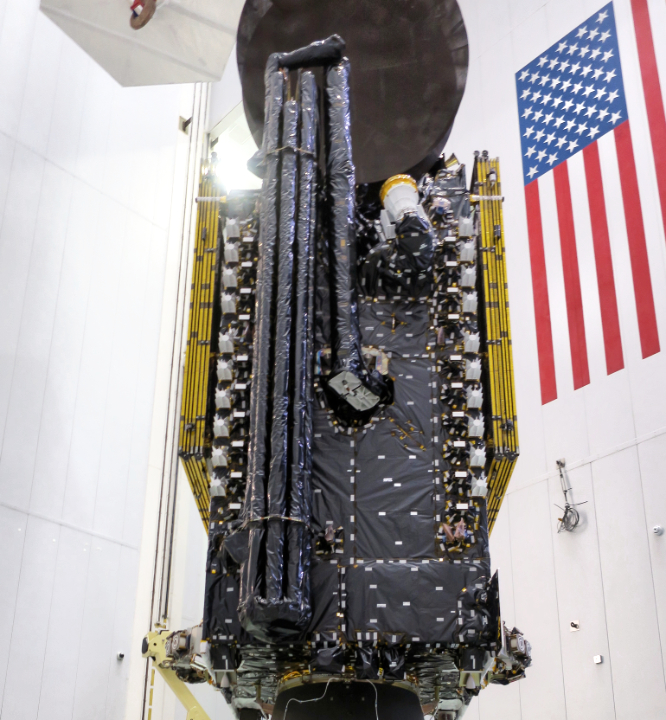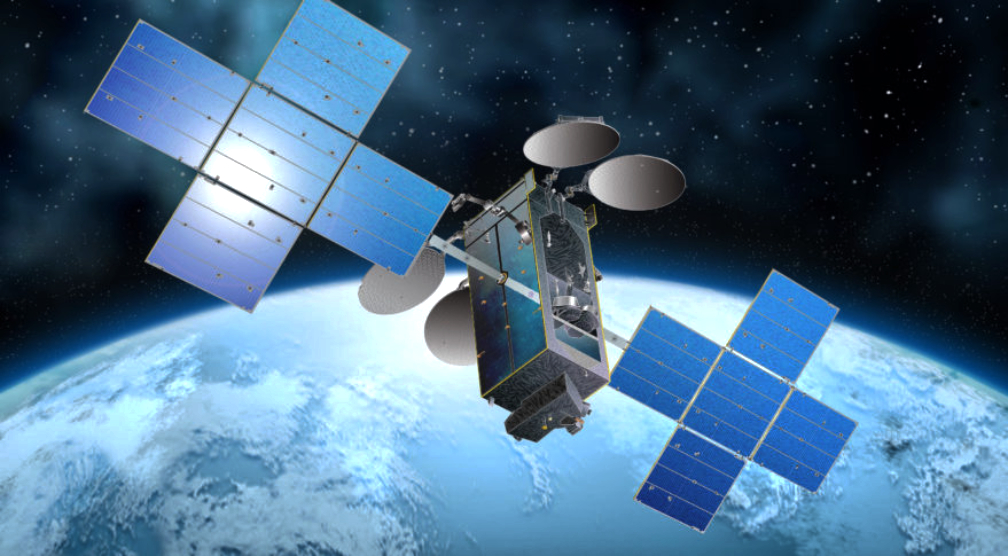SiriusXM has ordered a new satellite, SXM-9, from Maxar Technologies.
The SXM-9 satellite will be based on Maxar’s 1300-class platform and built at the company’s manufacturing facility in Palo Alto, California. The expected launch date is in 2024.

Maxar has been building satellites for SiriusXM since 2000, which includes the first-generation Sirius satellites launched in 2000 and the second-generation Sirius satellites launched in 2009 and 2013. Most recently, SXM-8 launched from Cape Canaveral, Florida on June 6th 2021, and completed in-orbit testing in July 2021.
SiriusXM recently lost a satellite (SXM-7) which failed in orbit and has been the subject of an insurance claim. SXM-7 launched in December 2020 and failed during on-orbit testing in January 2021.
Hughes Network Systems, a subsidiary business of EchoStar, is looking for extra satellite capacity to keep up with demand from the company’s growing Latin American services.
Hughes’ latest numbers show that it is supplying satellite broadband to 1.54 million homes. However, US subscribers declined some 20,000 as of June 30th, while Latino subs grew 9,000 to about 398,000.
Hughes will add a major new satellite, Jupiter –, in H2/2022. Until then, Hughes is using capacity from Yahsat’s Al Yah-3 craft, Telesat’s T-19 Vantage satellite and Eutelsat’s 65 West A craft to maintain service.
The new Jupiter-3 satellite has a large portion of its capacity earmarked for Latin American coverage. Meanwhile, in a call with analysts, Hughes’ president Pradman Kaul said that Hughes was looking for spare capacity to solve the subscriber demand.


